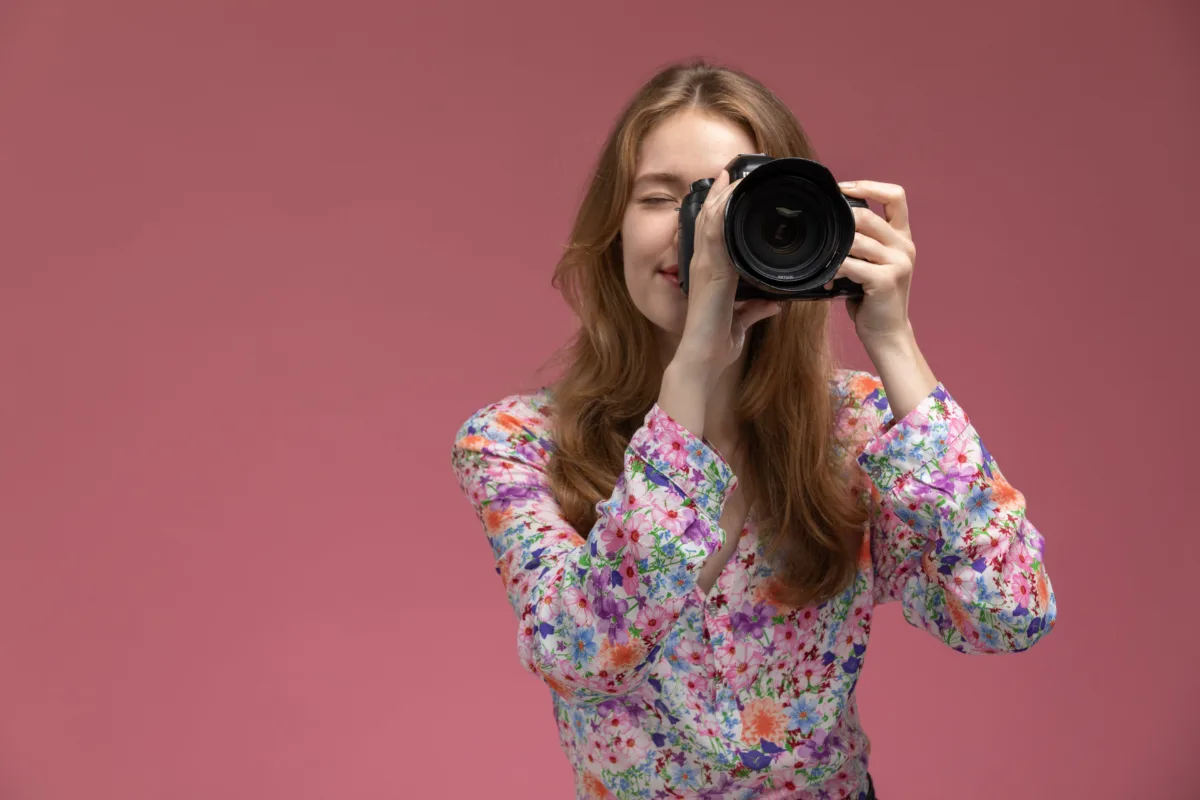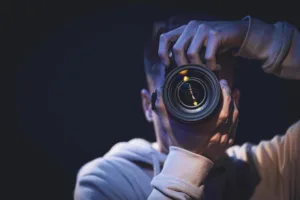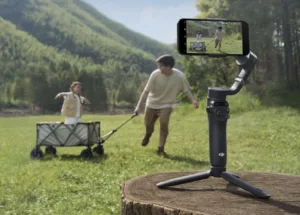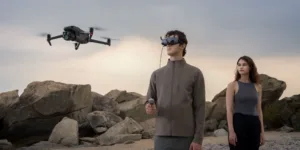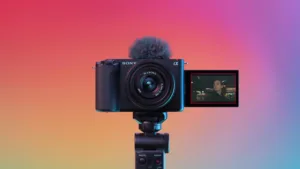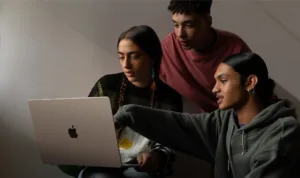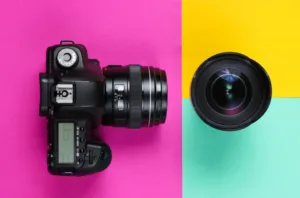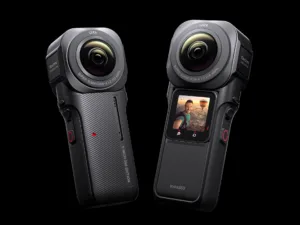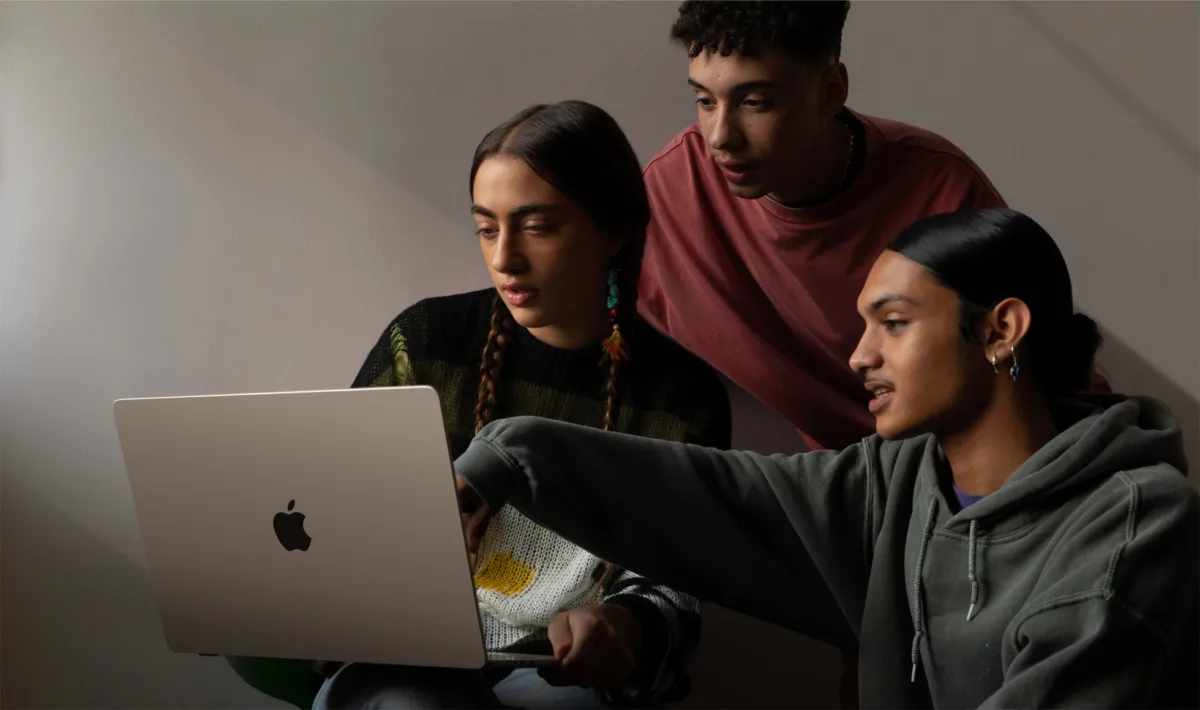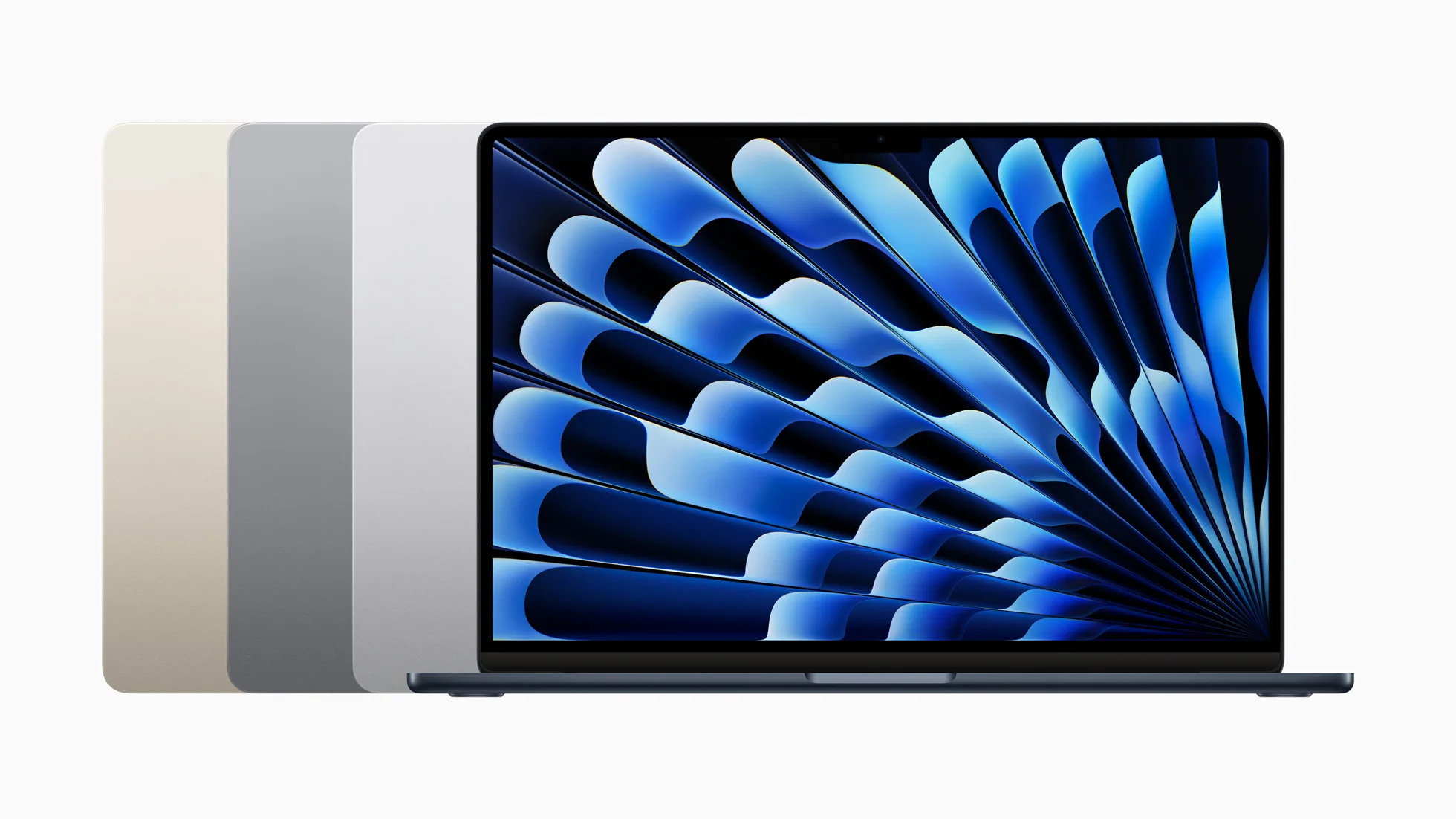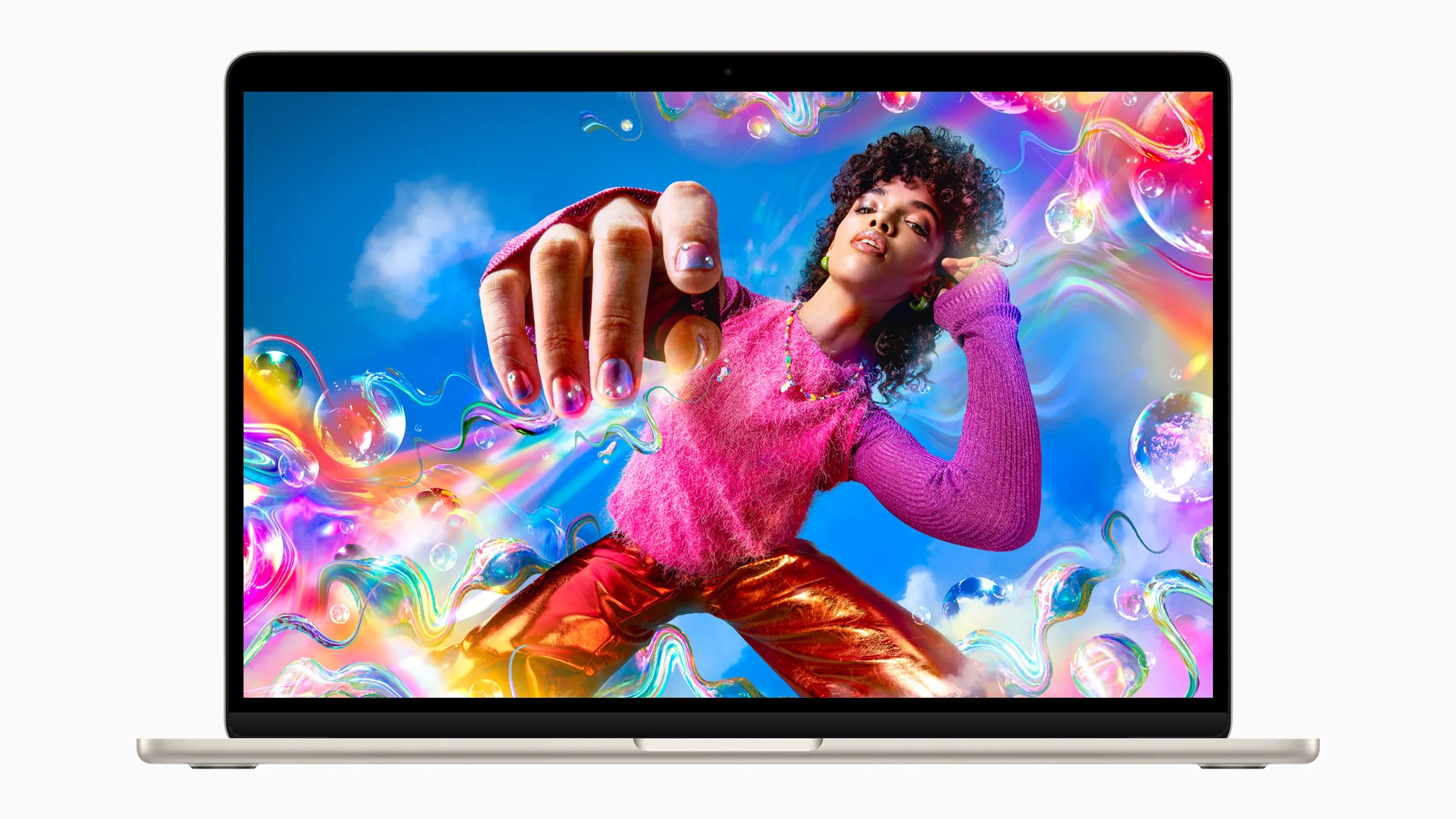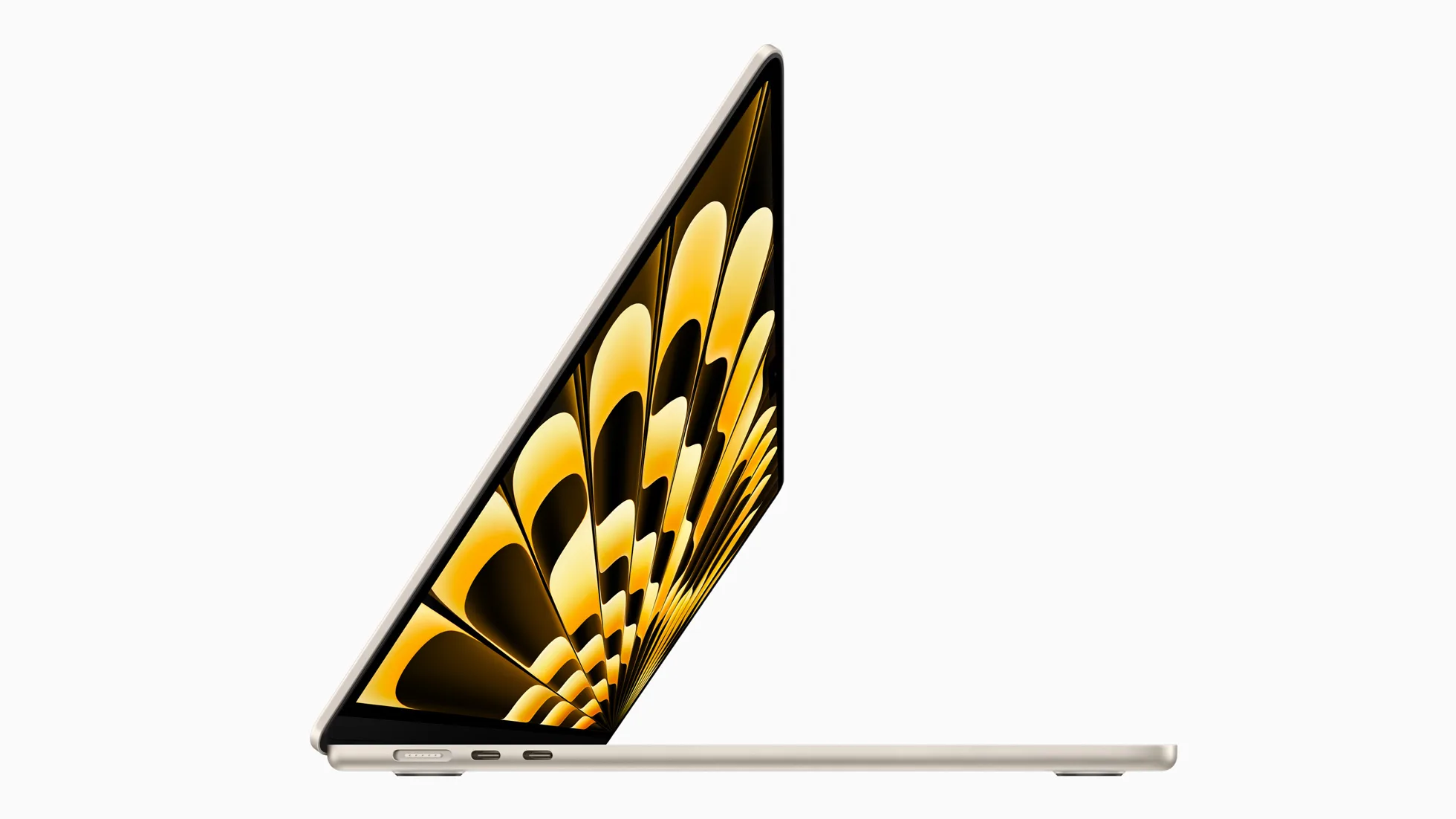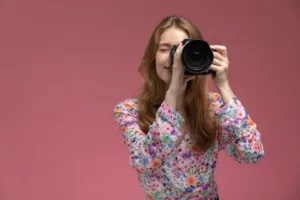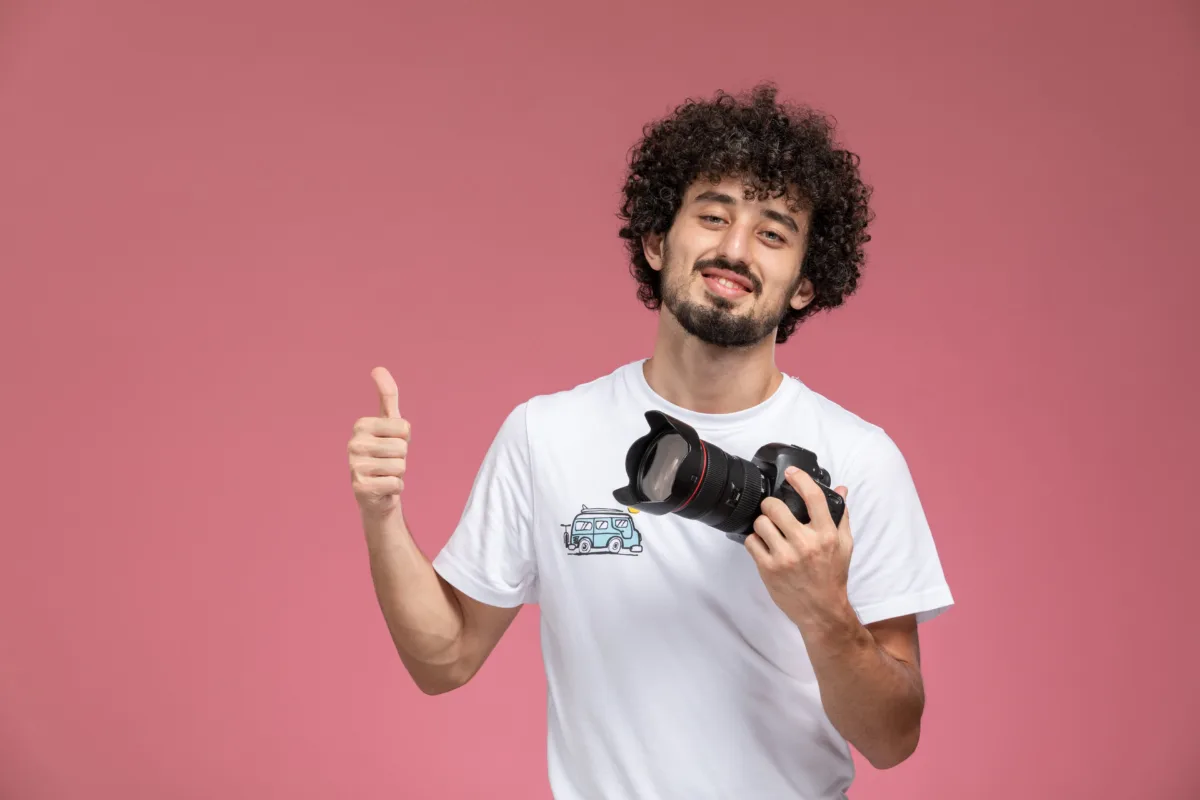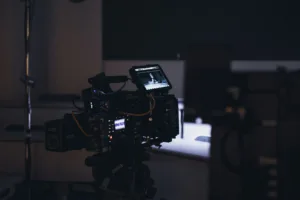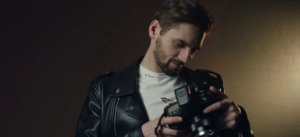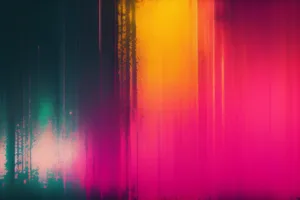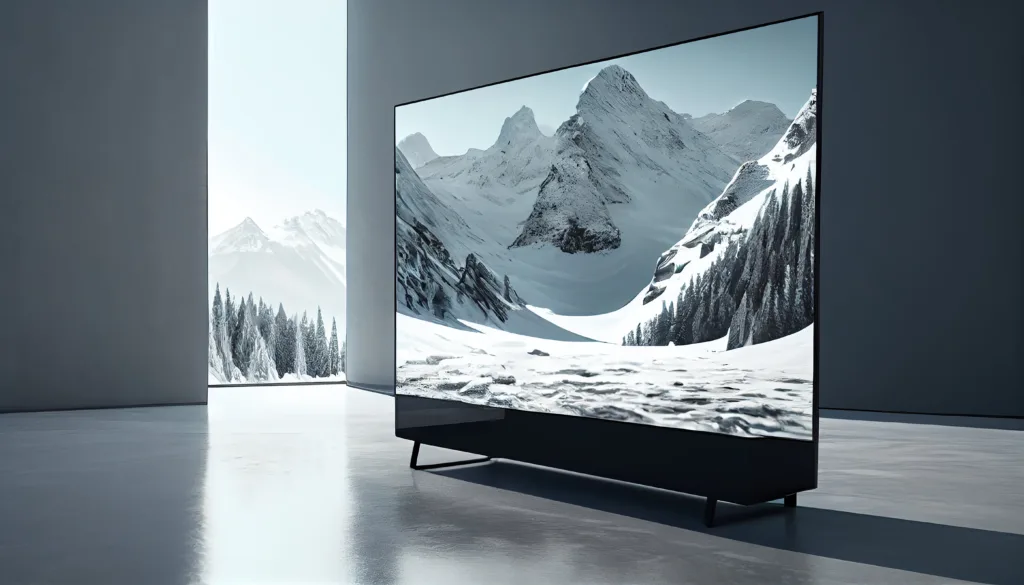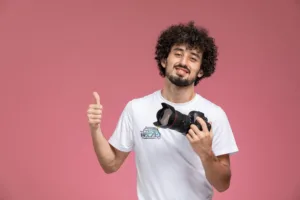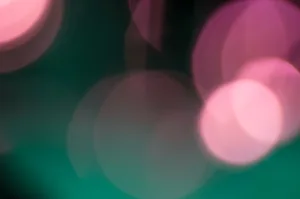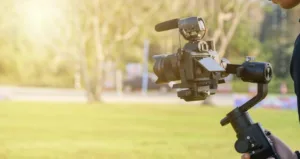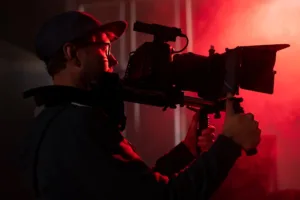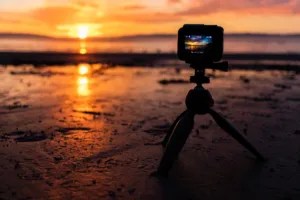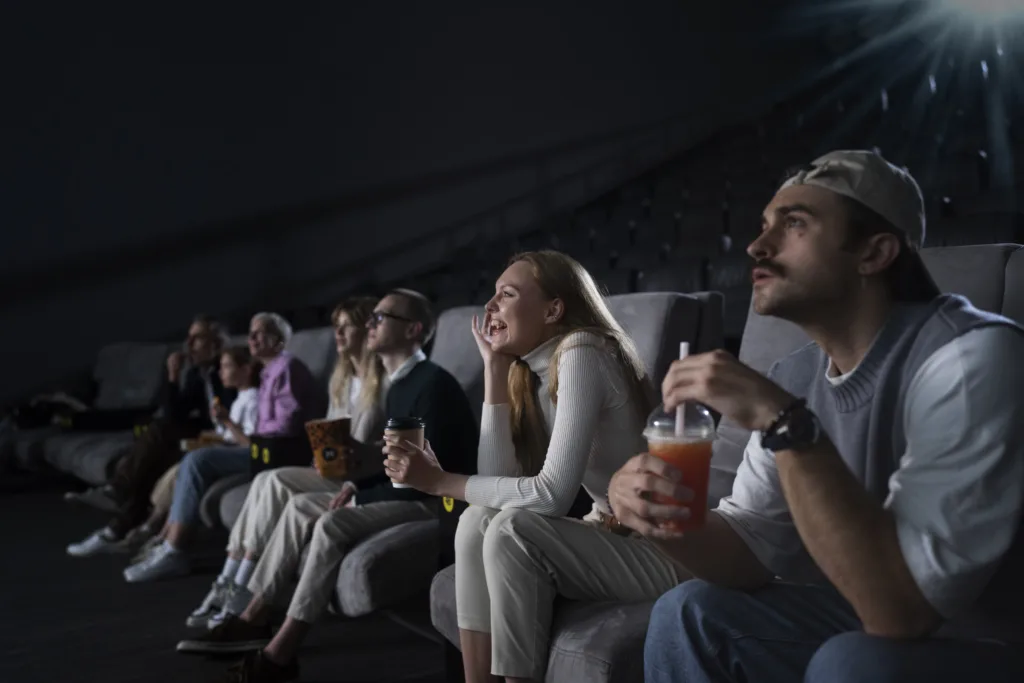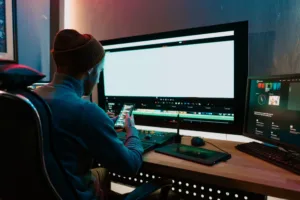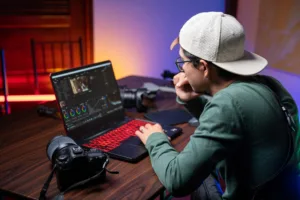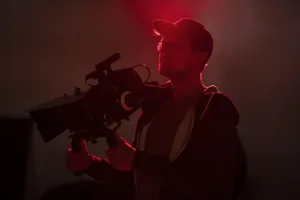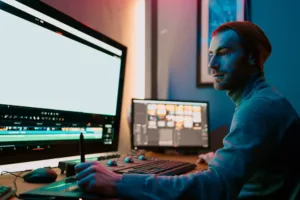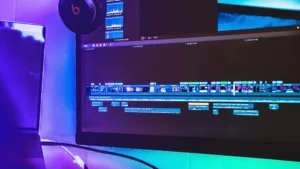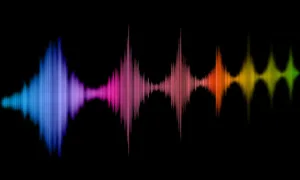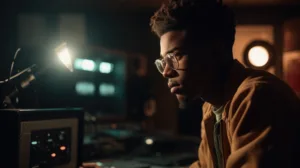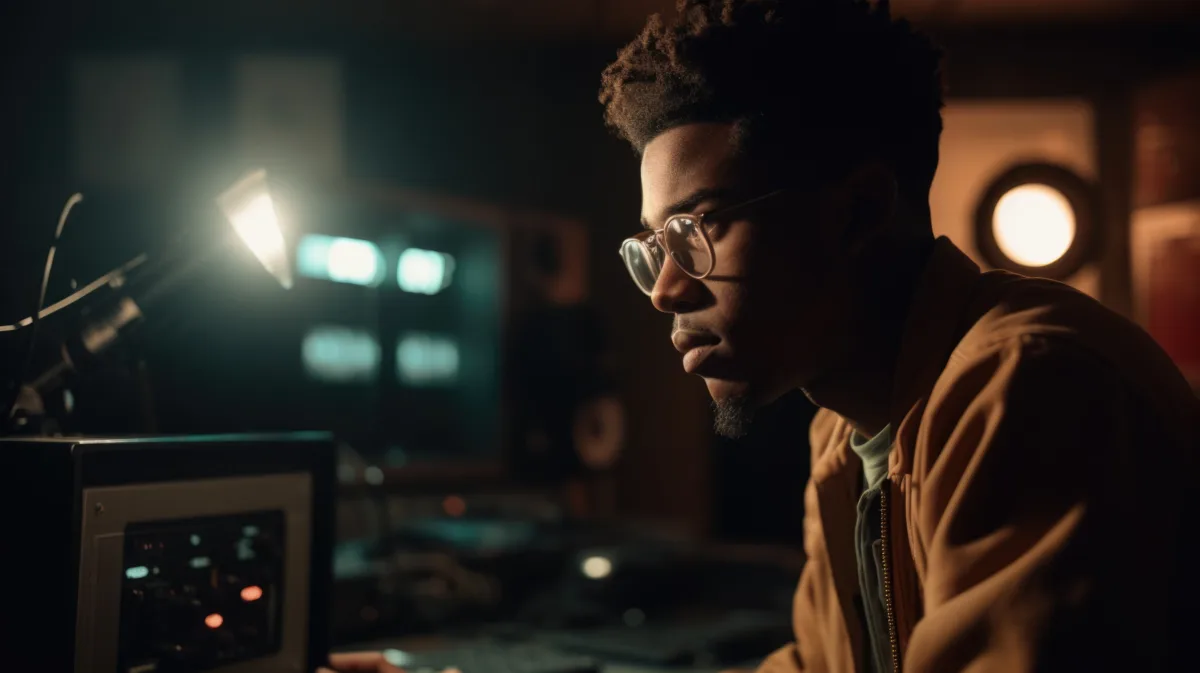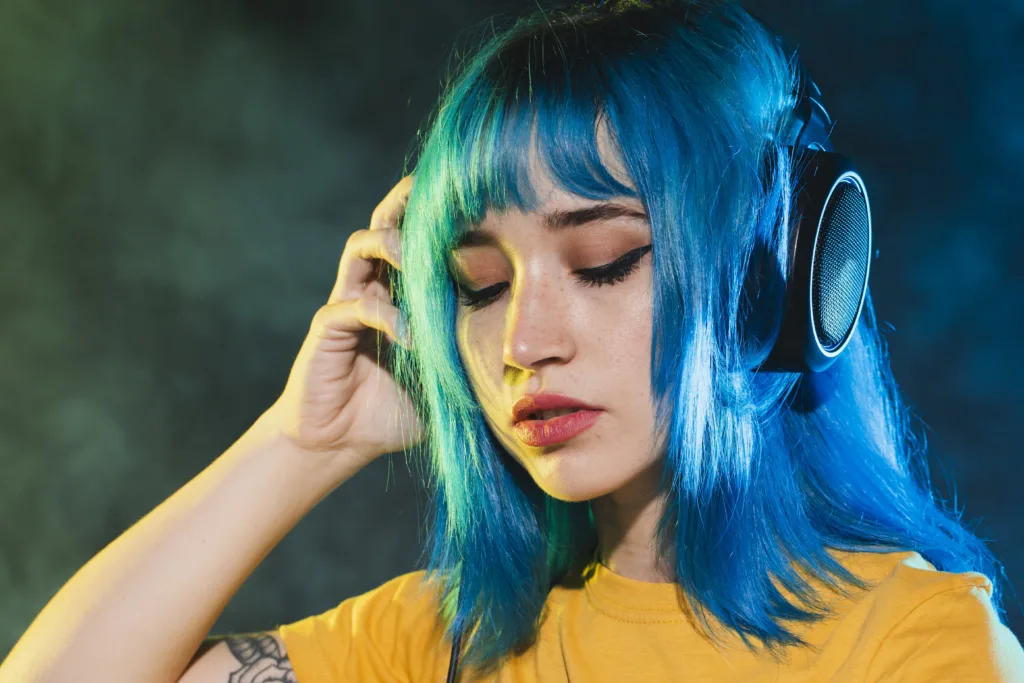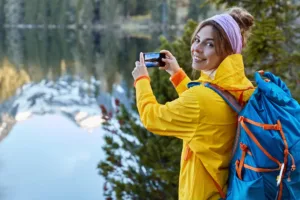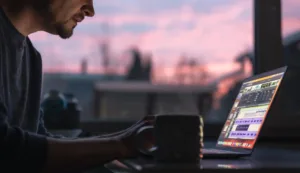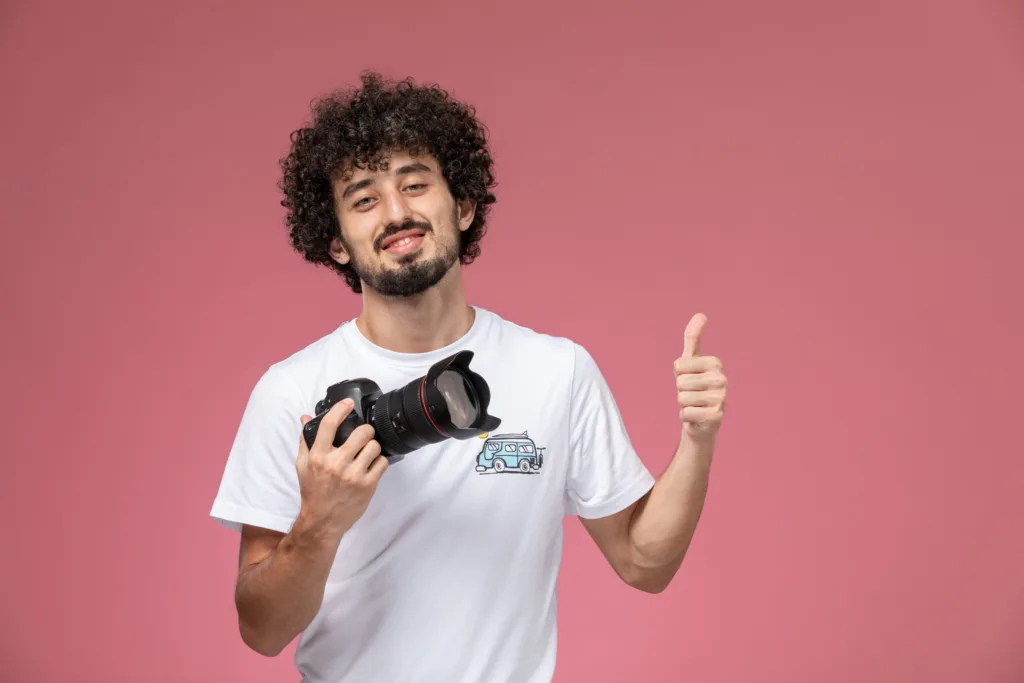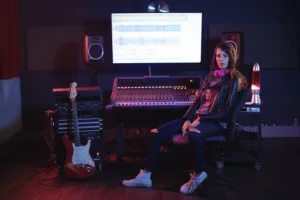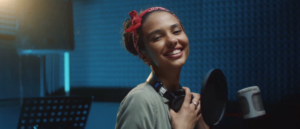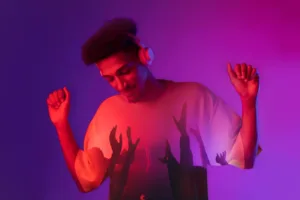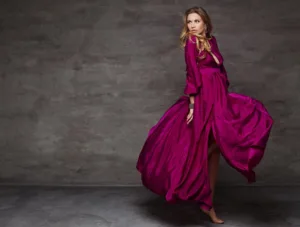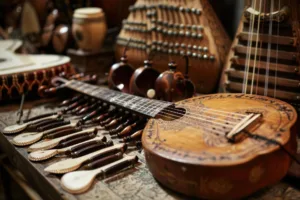Mirrorless vs DSLR
Hey there, tech enthusiasts! It’s your favorite tech gurus at TuneCutter, back with another fun-filled review. Today, we’re diving into the world of photography, specifically the hot debate between Mirrorless vs DSLR cameras. We’ve been inspired by a fantastic video by Simon d’Entremont, a professional wildlife and nature photographer. But don’t worry, we’re not just rehashing his content; we’re adding our own TuneCutter twist!
First things first, let’s talk about the basics. DSLR stands for Digital Single Lens Reflex, and these cameras have a mirror in front of the sensor. This mirror directs light into the viewfinder, giving you an optical view of what you’re shooting. On the other hand, mirrorless cameras, as the name suggests, ditch the mirror. Instead, they have an electronic display in the viewfinder, showing you what the sensor sees in real time. It’s like having a mini TV in your camera!
Now, let’s dive into the nitty-gritty.
Viewfinders: Seeing is Believing
Mirrorless cameras have electronic viewfinders, which come with some pretty cool advantages. For one, they adjust the image to your current exposure settings. So, if your photo is going to be too bright or too dark, you can see this in real time and adjust accordingly. You can even see a histogram in the viewfinder, along with other handy details. It’s like having a photography assistant right in your camera!
However, some people aren’t fans of electronic viewfinders. The color balance may be a bit off, and the resolution may be less than an optical viewfinder. But don’t worry, camera manufacturers are on it, and newer models are looking more and more like optical viewfinders.
Shutter Speed: The Need for Speed
Mirrorless cameras are bringing higher shutter speeds to the table. With no mirror box needing to be moved up and down with every exposure, we’re seeing mirrorless cameras with really high shutter speeds. This is a great opportunity for wildlife and sports photographers to catch just the perfect moment.

Silent Shooting: The Sound of Silence
Mirrorless cameras can operate completely silently, which is a big plus for weddings, chess matches, recitals, or any other venue where making clicking sounds would be out of place.
Focus: Eye on the Prize
While early mirrorless cameras struggled with focus ability and speed, newer high-end mirrorless cameras are doing things that DSLRs couldn’t do. One is eye detection, which is a great benefit for wildlife, pet, wedding, or portrait photographers where getting the eye in focus is an important goal.
Lenses: The Eyes of the Camera
The good news is that most DSLR lenses can be adapted to mirrorless and work quite well. The downside is that there aren’t as many lenses yet in the market for mirrorless systems, and the used lens market isn’t as robust.
Size: Small but Mighty
The lack of a mirror assembly gives manufacturers more choice in camera size. However, there’s a trend not to make cameras too small. Some DSLR users like a robust feeling body, even with mirrorless.

Battery Life: Power Up
One thing that concerns people getting into mirrorless is battery life. However, recent cameras are closing the gap. Battery life of mirrorless cameras is going up all the time.
In conclusion, switching to mirrorless won’t make you a better photographer per se, but it will send you home with more keepers, get you more properly exposed photos more often, won’t disturb a silent hall fora recital, will deliver sharper images at low shutter speeds with IBIS, and give you a smaller form factor.
So, if you’re considering the switch, make sure you can adapt your DSLR lenses to your mirrorless if you plan on using them. Ensure that a little bit less battery life is okay or consider getting a battery grip if this is a critical issue. Be warned, the first time looking through an electronic viewfinder feels a bit weird, but will likely pass with time. And make sure the lenses you want in the future are both available and affordable.
Remember, the best camera for you is the one you have in your hands and use. And as we always say at TuneCutter, the odds of seeing a bald eagle cruising through your living room is very, very low. So get out there and take some amazing photos. We know you can do it!
That’s all for today, folks! We hope this review has given you some insight into the DSLR vs mirrorless debate. As always, keep cutting through the noise with TuneCutter. Until next time, happy shooting!



